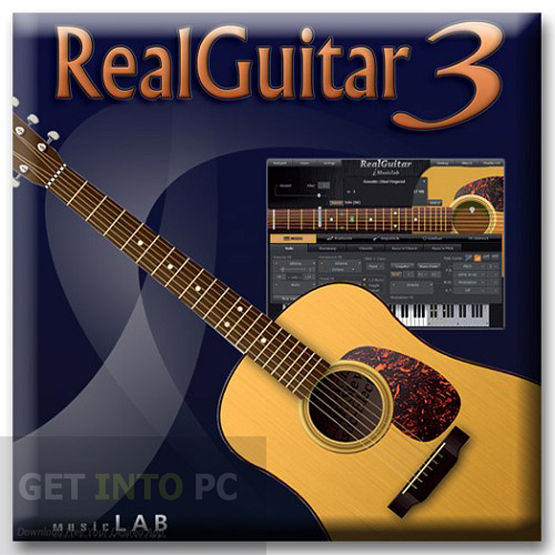

The velocity switching point can be set to any value - nevertheless it takes some practice to get the hang of it! Fortunately you can add a positive velocity offset to melody notes if they’re too quiet relative to the chords. These particular chord/melody combos depend on accurate control of key velocity higher velocities produce a chord, whilst lower velocities play the melody or leading voice, which may seem counter-intuitive as one’s inclination is to belt the melody notes out a bit harder. In the ‘Melody’ box you can choose whether or not to add melodic lines over sustained chords, have voice leading (movement within chords), or a combination of both. Keyswitches above and below the playing area are assigned to various actions and articulations. Voice leading allows for movement of notes within a strummed chord. The black picking keys C# to A# will also trigger a hammer-on at whatever velocity they are played. Velocities above 120 will trigger a hammer-on chord, velocities below 80 will trigger harmonics on the ‘picking’ keys. Using Dyn = Velo Strum 2, only the lowest three strings sound at lower velocities higher ones are progressively added with higher velocities. In this example, strummed chords are in the first position.

Strumming realism is greatly improved here, with four different Dynamic options to control how velocity affects the number of ringing strings. The ‘Strum’ box determines what you hear when chords are played in the main playing area: the strummed chord, the leading bass note of the chord, or nothing (until trigger keys are pressed) if ‘silent’ is selected. Central to this are four Layout boxes that define strumming behaviour, melodic movement within chords, and the actions of finger-picking keys. There appears to be no limit to the number of User Multi presets, so song-specific setups can be saved and easily recalled as needed.Ĭhordal playing in Multi mode expands on the ‘legacy’ Chord mode with options to customise the layout in numerous ways to bring greater mobility and additional playing techniques that were not possible in previous versions. Given the almost infinite number of possible permutations, especially when keyswitch assignments are taken into account, RealGuitar helpfully allows you to save every setting and parameter value of Multi settings (except Humanize settings, which are global) as User presets. Whilst you can still use the original Solo, Harmony, Chords, Bass’n’Chord and Bass’n’Pick modes of previous versions (found under the MIDI mode tab), Multi brings all keyboard performance aspects of RealGuitar under one roof via a multitude of methods including keyswitching, velocity, modwheel, aftertouch or sustain pedal, in whatever combination you choose. As you’d expect with a new version, there are new features, the most significant being the aforementioned Multi mode, which joins the main tab strip in the centre of the GUI. All features and functions of previous versions have been retained to ensure backwards compatibility when revisiting older projects. The Classic version hosts the same eight acoustic guitar models as before, repackaged in an austere monochrome/orange GUI.

#MUSICLAB REALGUITAR 5 UPGRADE#
Additional features to both versions include a new ‘Multi’ playing mode, in itself a significant upgrade providing alternative and more versatile ways of accessing RealGuitar’s functions. Rather than adding this Steel String to the existing engine, RealGuitar is provided as two completely independent plug-ins: ‘Classic’ and ‘Steel String’. For those unfamiliar with MusicLab’s particular take on virtual guitars, the Basic Principles box provides a brief description.Ĭut-mix-dissolve to RealGuitar 5, which expands on the original set of acoustic guitars with a brand-new Steel String model. The fifth guitar in the series, RealEight (currently at version 1.0) was reviewed in the August 2015 edition of SOS. Version 4 improvements included simulated double tracking, customisable humanising (randomisation) of various parameters, and a built-in Song sequencer that enables the integral library of patterns and chords to be arranged as an entire song, constructed entirely within the plug-in and then dragged to the instrument’s DAW track as a MIDI file. RealGuitar developed in tandem with these, and by version 4 they all shared (by and large) the same set of features and functions.
#MUSICLAB REALGUITAR 5 SERIES#
In the meantime we’ve reviewed other instruments in the series - RealStrat, RealLPC, RealRick. It was then at version 2, and has since passed through versions 3 and 4 and now arrived at 5. It was 2006 when we first reviewed MusicLab’s RealGuitar virtual instrument.
#MUSICLAB REALGUITAR 5 UPDATE#
MusicLab’s latest update makes RealGuitar more real than ever. Direct input (no ‘intelligent’ scripting), so the Classic remains backwards compatible with older projects. The ‘legacy’ Harmony, Chords, Bass’n’Chord and Bass’n’Pick modes are still here, along with all the original features.


 0 kommentar(er)
0 kommentar(er)
